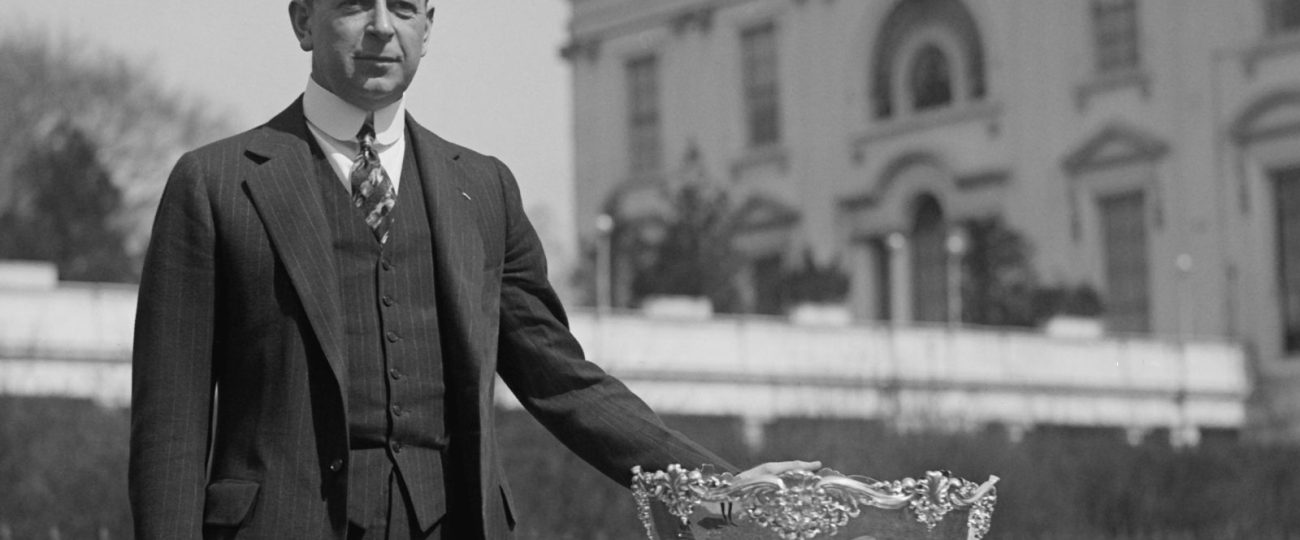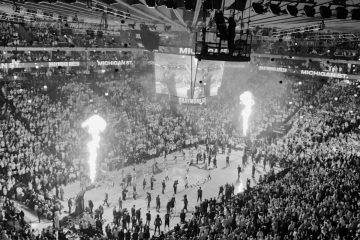What Happened On August 26th?
On August 26, 1955, the West Side Tennis Club in Forest Hills, New York, hosted a historic event that would forever change the way sports were broadcasted. On this day, NBC aired the first live color telecast of a tennis match, capturing the Davis Cup contest between the United States and Australia. This momentous occasion not only revolutionized television but also brought tennis into the homes of millions of Americans with an unprecedented level of clarity and realism.
The day began with anticipation both on and off the court. Engineers and technicians arrived at the venue in the early hours, meticulously setting up the new color cameras around the courts. These cameras were designed to capture every detail, from the deep green of the grass to the bright whites of the players’ attire and the vibrant yellow of the tennis balls. The technology was cutting-edge for its time, and the stakes were high—failure was not an option. The broadcast team understood that this wasn’t just another tennis match; it was a milestone in the evolution of television itself.
The Davis Cup match featured two of the era’s most formidable tennis players: Vic Seixas of the United States and Lew Hoad of Australia. Seixas, known for his powerful serve and strategic mind, faced Hoad, a young and aggressive player who was quickly making a name for himself in the tennis world. The match was intense from the first serve, with both players showcasing their skills in a display of athleticism and mental toughness. Lew ultimately triumphed over Seixas, winning in straight sets with a score of 7- 9, 6-1, 6-4, 6-4. The color broadcast allowed viewers to see the match in a way that had never been possible before—every drop shot, every volley, and every expression of determination was brought vividly to life.
This historic broadcast also highlighted the Davis Cup’s significance, not just as a tennis competition but as a cultural event. The Davis Cup, one of the oldest and most prestigious international team events in tennis, carried a sense of national pride and competition that resonated deeply with audiences. The 1955 broadcast allowed viewers to witness this international rivalry in real-time, bringing the excitement and tension of the match into their living rooms.
As the match unfolded, the broadcast captured more than just the action on the court. The cameras also provided glimpses of the spectators—tennis enthusiasts and dignitaries who had gathered to witness the event. Among the crowd were notable figures in sports and society, their presence adding to the event’s significance. The ability to broadcast such moments in color added a new layer of engagement for viewers, who could now feel more connected to the atmosphere of the event.
The decision to broadcast the Davis Cup match in color wasn’t just a technological achievement; it was a reflection of the rapidly changing media landscape of the 1950s. Television had become the dominant medium for entertainment, and networks were eager to push the boundaries of what was possible. The color broadcast of this tennis match was a bold move, one that demonstrated the potential of television to create more immersive and compelling viewing experiences. The success of the broadcast proved that audiences were ready for this next step in television’s evolution, and it paved the way for future innovations in sports broadcasting.
The impact of this broadcast extended beyond tennis and television. It played a significant role in the growing popularity of tennis as a spectator sport in the United States. Prior to this event, tennis had been largely viewed as an elite pastime, confined to the upper echelons of society. However, the color broadcast made the sport more accessible and appealing to a broader audience. Viewers who had never before seen a live tennis match were now able to experience the excitement and skill of the game in their own homes, leading to a surge of interest in tennis across the country.
The broadcast also set a precedent for how live sports would be covered in the future. Networks began to realize the importance of visual clarity and detail in sports broadcasting, leading to investments in better equipment and more sophisticated production techniques. This shift not only enhanced the viewing experience but also changed how sports were marketed and consumed. The 1955 color telecast marked the beginning of a new era in sports media, where the visual spectacle of the game became just as important as the competition itself.
In addition to its impact on the sport, the broadcast also influenced the development of color television technology. The success of the telecast demonstrated the viability of color broadcasting, encouraging manufacturers to produce more color television sets and prompting consumers to adopt the new technology. As more households acquired color TVs, networks expanded their color programming, further accelerating the shift from black-and-white to color television. This transition would soon become a defining feature of the television landscape in the 1960s and beyond.
For the players, being part of this historic broadcast added an extra layer of significance to the match. Vic Seixas and Lew Hoad understood that they weren’t just playing for their countries—they were playing for an audience that would witness their every move in unprecedented detail. The pressure was immense, but so was the opportunity to be part of something larger than just a tennis match. Their performances on that day not only showcased their athletic abilities but also helped to elevate the sport to new heights.
The West Side Tennis Club, already an iconic venue, gained even greater recognition due to this broadcast. Known for hosting the U.S. National Championships, the club’s inclusion in this historic event solidified its place in tennis history. The images of the match, with the pristine grass courts and the elegant surroundings of Forest Hills, became emblematic of tennis’s golden age.
The 1955 color telecast of the Davis Cup match between Vic Seixas and Lew Hoad was more than just a broadcast—it was a defining moment in the evolution of sports media. It brought the drama and excitement of live tennis into homes across America, forever changing the way the sport was viewed and experienced. The broadcast set the stage for future advancements in television technology and sports coverage, establishing a legacy that continues to influence the way we watch and enjoy sports today.





